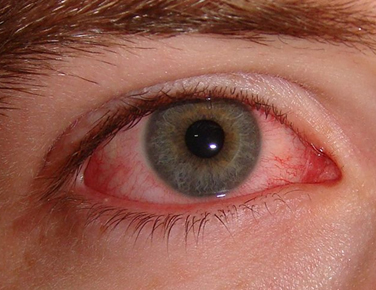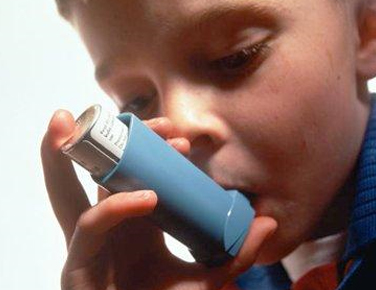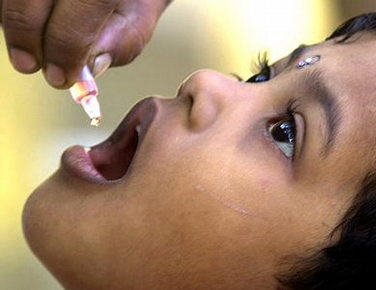
Allergic Conjunctivitis- The Red Eye
The Patients usually exhibit ocular itching, redness, burning, tearing and photo phobia (inability to tolerate bright light). Some of them may develop allergic shiners (dark circles below the eyes due to rubbing).

Allergic Rhinitis-The running nose
The common symptoms include sneezing, nasal congestion, nasal itching and running nose. Complications include otitis media, Eustachian tube dysfunction, and acute and chronic sinusitis.

Asthma – The Wheezing Chest
Environmental allergens implicated in allergic asthma are house dust mites, animal allergens (especially cat and dog), cockroach allergens, bird feathers, some foods and fungi. Pollutants such as cigarette smoke, vehicle exhaust fumes, and certain chemicals can also trigger an attack of asthma

Food Allergy- The Agonizing Flavour
Peanuts, walnuts, other tree nuts, shrimp, crab, fish egg, milk products, wheat and tomato are usually implicated in food-induced allergies.
Typical symptoms include oro-pharyngeal pruritus (itching tongue, lips and throat), vomiting, abdominal cramps and diarrhea. Anaphylactic reaction can involve the respiratory tract leading to angioedema (laryngeal edema), stridor, cough, dyspnea, wheezing and dysphonia.

Contact Allergies – The Prickly 'Wheal and Flare'
Contact allergies include three distinct reactions:
1. Contact Urticaria:
Urticaria is characterized by red, blanching, raised, palpable wheals which can appear anywhere in the body.
2. Allergic Contact Dermatitis (ACD):
ACD is inflammation of the skin manifested by varying degrees of Erythema (redness), edema (swelling), and vesiculation (blisters).
Nickel is the leading cause of ACD in the world. It manifests as dermatitis at the sites where earrings or necklaces containing nickel are worn.
3. Autoimmune Urticaria:
Autoimmune urticaria is a skin disorder characterized by the recurrent eruption of short-lived wheals accompanied by redness and itching for at least 6 weeks.

Difference Between Food Allergy & Food Intolerance
A food allergy is an adverse immune reaction to a specific food resulting in the production of antibodies (IgE). Any time the food culprit is ingested or comes into contact with the skin, the body releases histamine and cause allergy symptoms like rashes, swelling, diarrhea and vomiting. In more severe cases symptoms such as swelling of the lips, tongue or face, shortness of breath, breathing difficulties and loss of consciousness can occur.
Food intolerance or food sensitivity is associated with chronic, long term symptoms rather than drastic attacks or anaphylactic shock. People with food intolerance might not notice they are even having a reaction (they know about it within minutes if you had an allergy) and this delayed response can take as long as three days to appear after eating a 'trigger food'. Some people who feel continuously unwell may actually be experiencing food sensitivity to things like dairy, gluten, nuts or eggs.
MANAGEMENT OF ALLERGY
1. Avoiding:
Options for managing allergy include avoiding what you are allergic to, such as not eating a food you have a known problem with, avoiding pets, etc.
2. Symptomatic treatment:
Symptomatic treatment options include medications such as antihistamines, nasal sprays and short-term prednisone. Biologics such as anti-IgE anti-bodies have been used in severe cases.
3. Allergy desensitization:
Currently, immunotherapy is offered via allergy injections (allergy shots) or Sublingual immunotherapy (allergy drops). Immunotherapy directly changes the body's ability to react with allergens. Following successful treatment with immunotherapy, allergy symptoms are less apparent or at least less problematic.

Allergy injections (allergy shots)
Allergy shots consist of a series of injections containing small amounts of the substances to which a person is allergic. After a course of allergy shots, 80 to 90 percent of patients have less allergy symptoms, and in many cases their allergies have completely resolved.

Sublingual Immunotherapy (allergy drops)
Sublingual Immunotherapy is method of allergy treatment that uses an allergen solution given under the tongue, which over the course of treatment, reduces sensitivity to allergens.











